Homepage | Success Stories | VC MIPI® in outer space
VC MIPI in outer space: Cameras for satellite images of the Earth
Interconnected nano-satellites rely on VC MIPI Cameras and Raspberry Pi
The challenge:
Observing extreme environmental events
Disasters such as forest fires, flooding, storms and volcanic eruptions threaten people and the environment and cause significant economic damage. As an example, the losses of just airlines caused by the eruption and ash cloud of the Eyjafjallajökull volcano in 2010 are estimated at more than 1.3 billion euros. In order to take precautionary measures in time, the spread of these events must be recognized at an early stage. Comprehensive data and real-time information are required for such predictions.
The solution: Connected space satellites for photogrammetric Earth observation
Flight formations enable 3D images
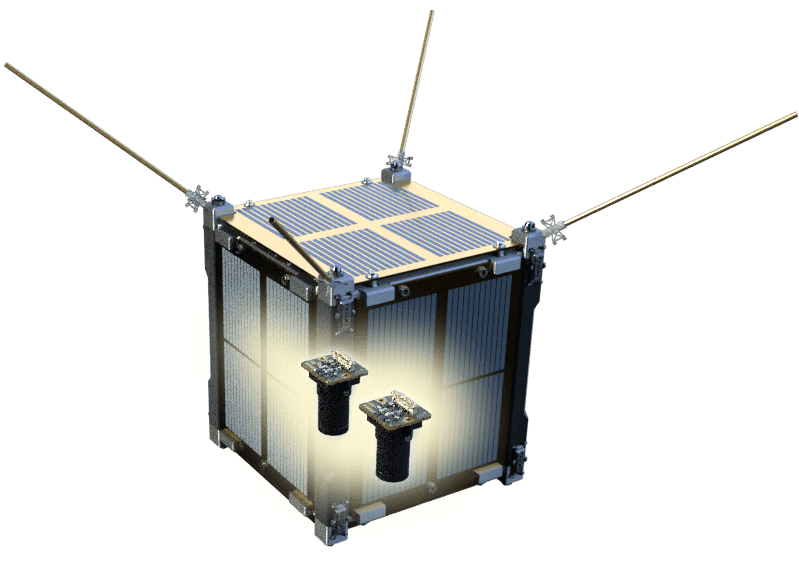


Measurements
Modeling
Reconstructions
Time series analysis
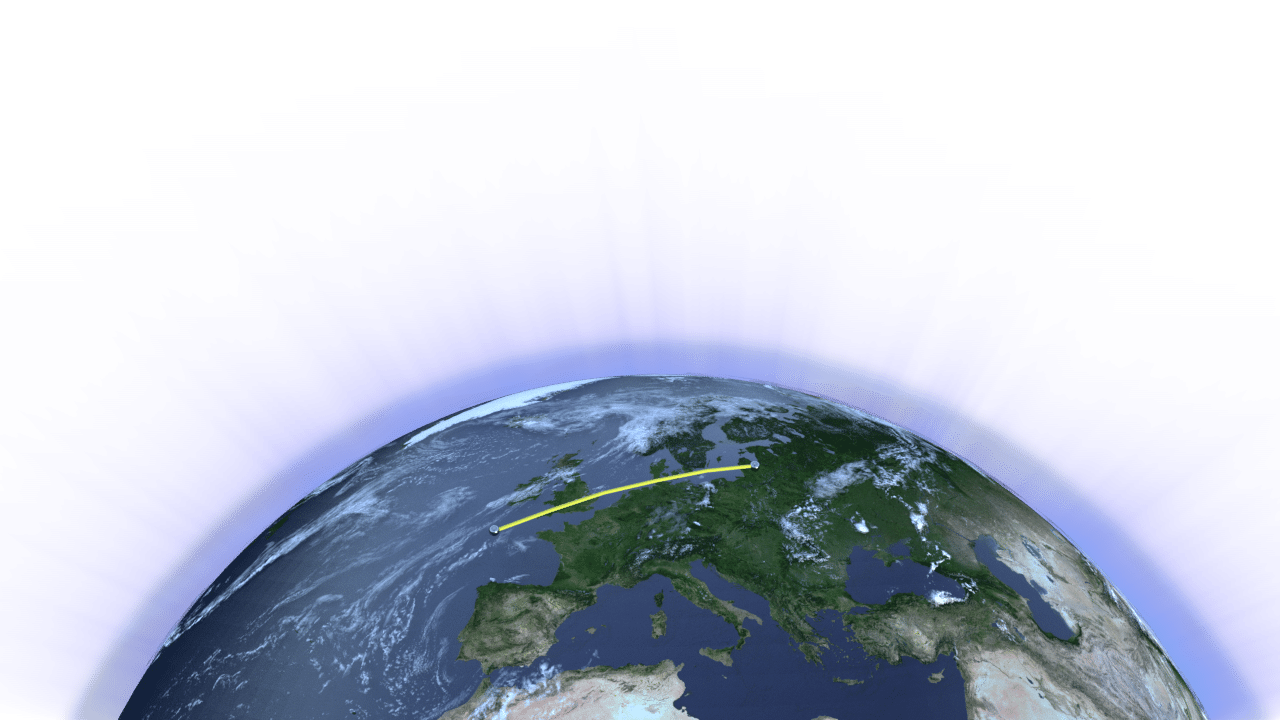
Take-off 2024
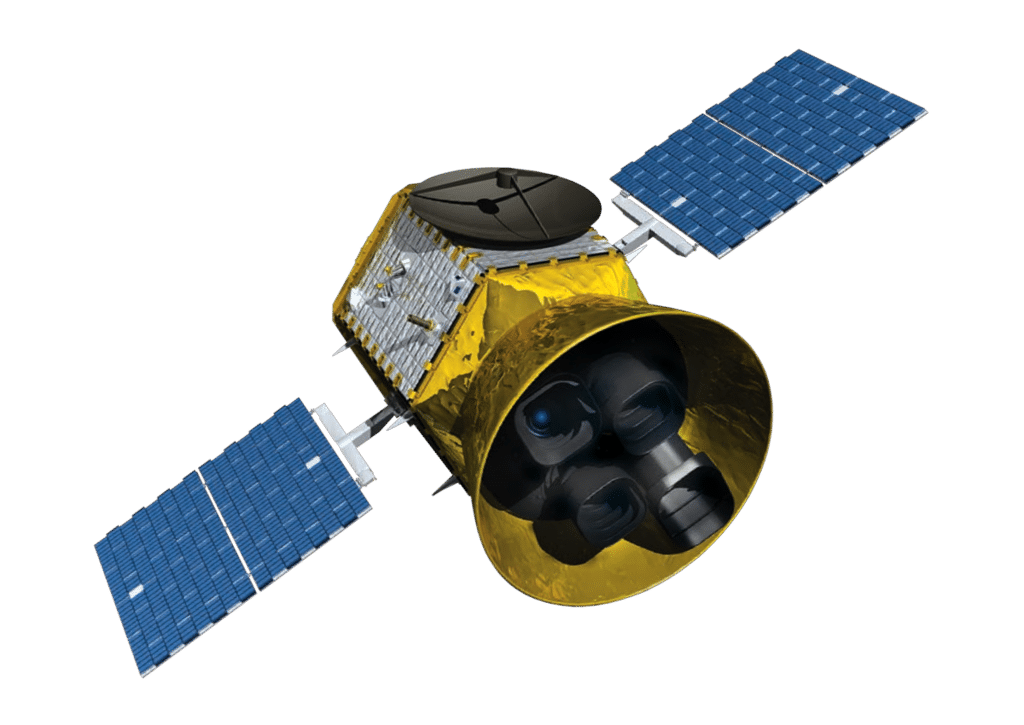


Measurements
Modeling
Reconstructions
Time series analysis

Take-off scheduled for 2024
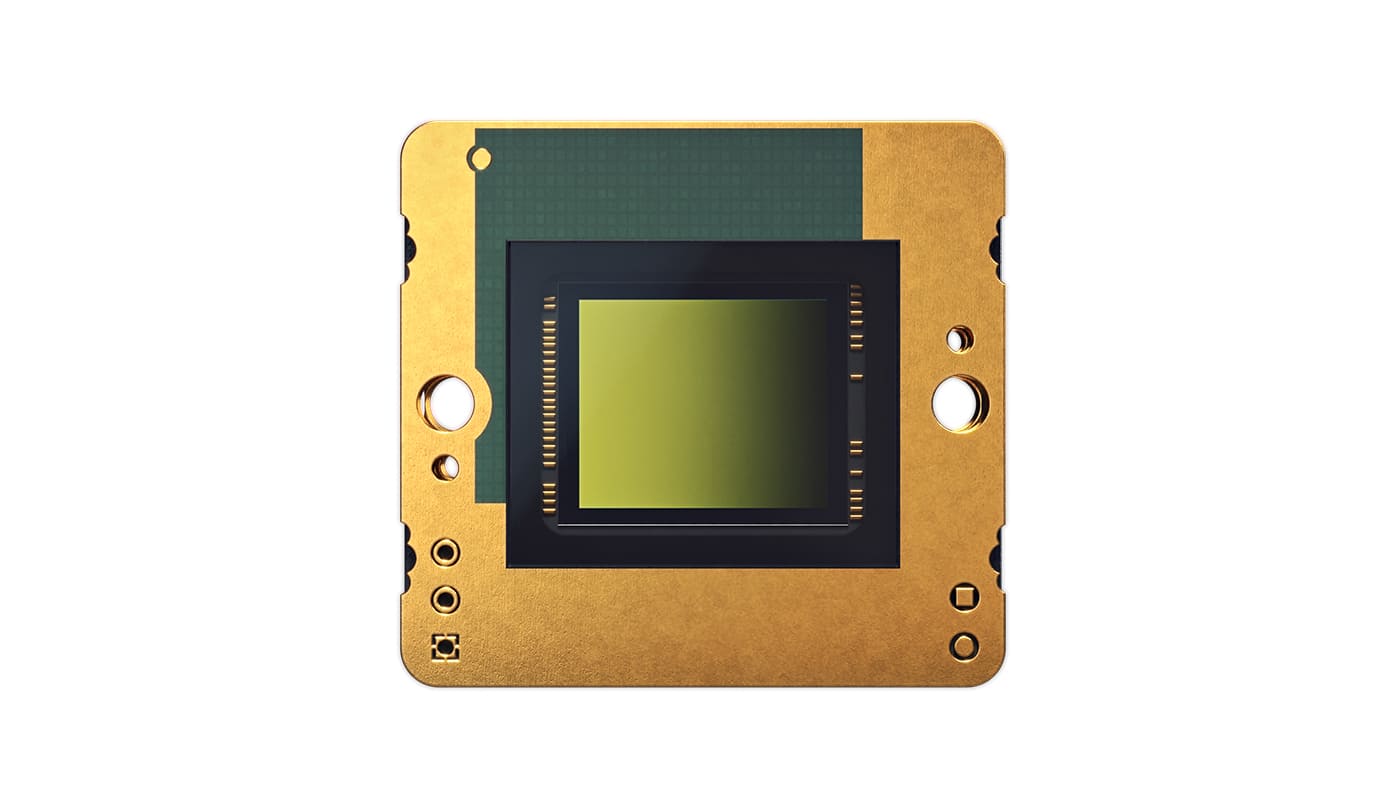
Reliable image capture with space-grade VC MIPI Cameras
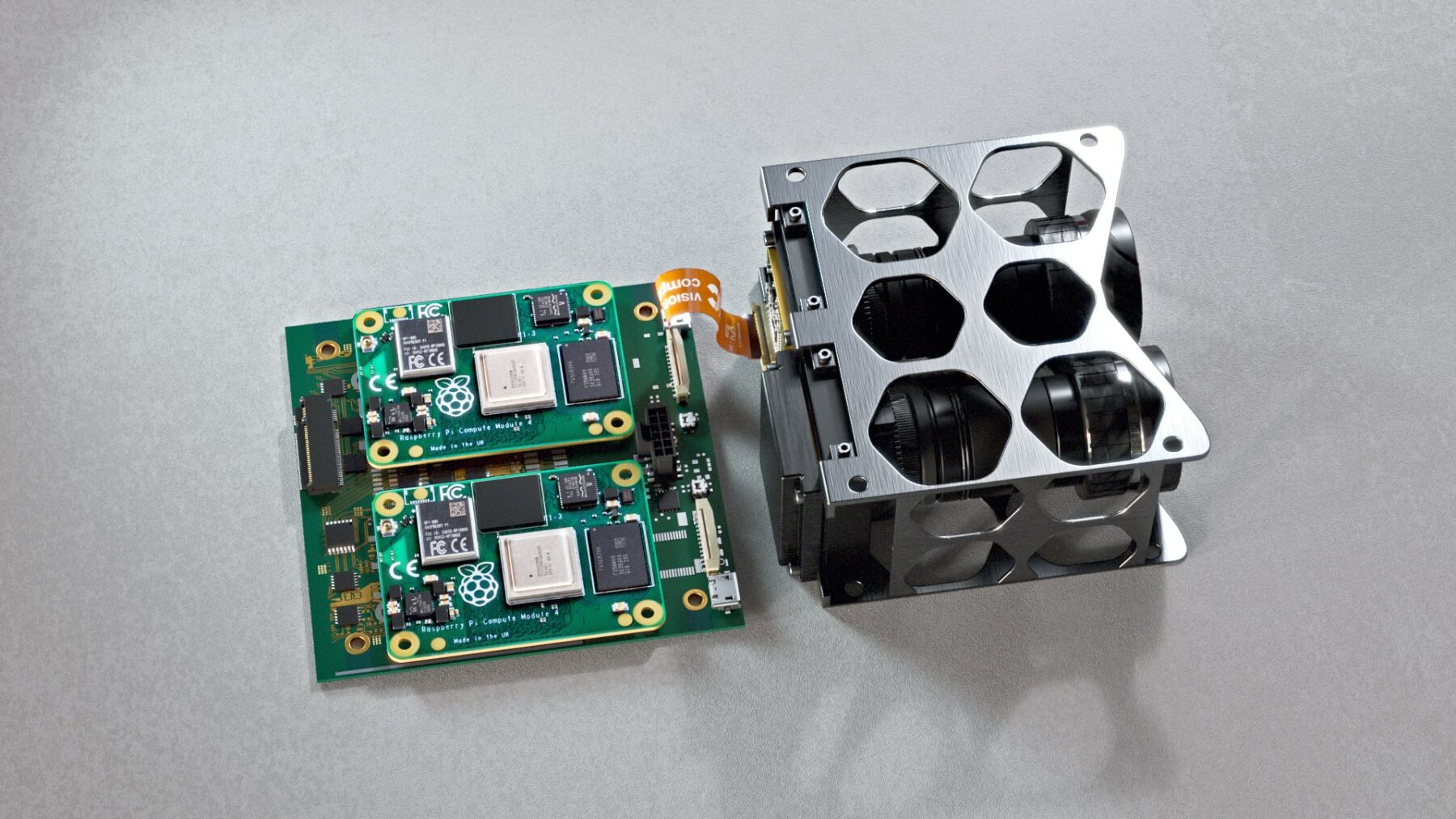
Easy integration with RPi boards
VC MIPI : Cameras for space applications
Ultra-compact design
Vision Components has developed a customized connector for the particularly space-saving integration of the cameras into the satellites
Robust construction
Without any adjustments, VC MIPI®modules meet the requirements for radiation resistance and durability for use in space.
Made in Germany
VC MIPI®Cameras are developed and produced by Vision Components in Germany. Extensive serial testing ensures utmost quality and reliability.

